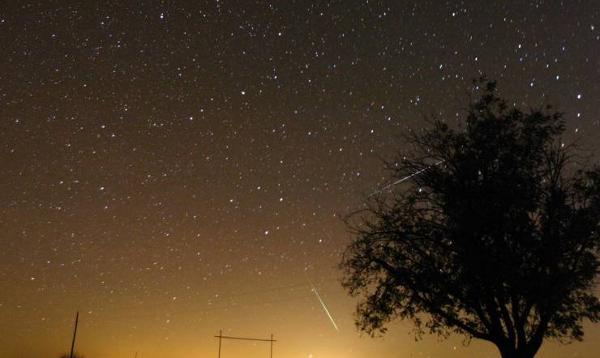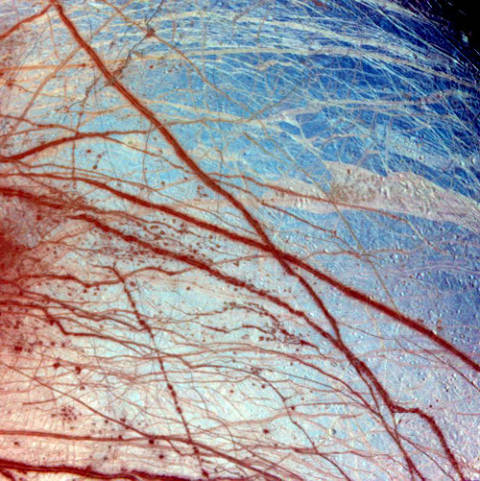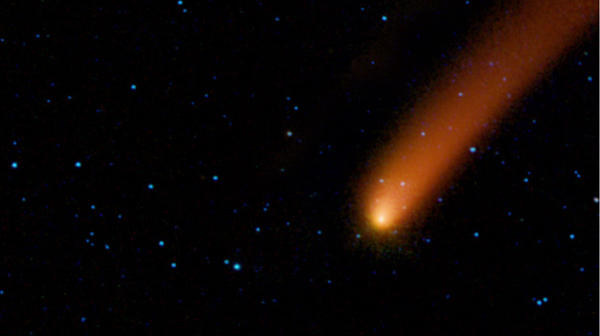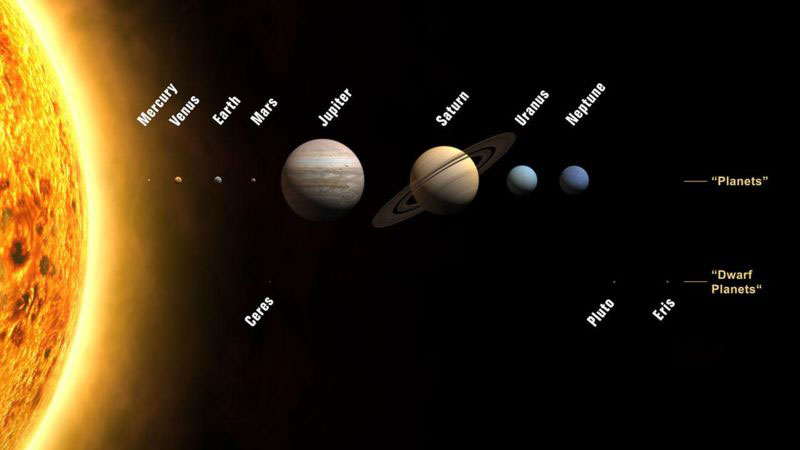Comet Hale-Bopp (designated C/1995 O1) was discovered on July 23, 1995 and was perhaps the most widely observed comet of the 20th century.
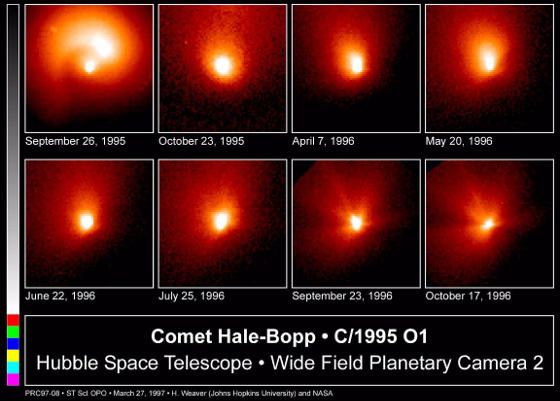
Hubble Space Telescope‘s Wide Field planetary camera tool these series of pictures of the comet between 1995 and 1996. They chronicle changes in the evolution of the nucleus of Comet Hale-Bopp as it moved closer to the sun and was hence warmed by it. Hale-Bopp passed perihelion on April 1, 1997 and was dubbed the Great Comet of 1997. Its lengthy period of visibility and extensive coverage in the media made Hale-Bopp one of the most-observed and talked about comets in history. This lead to all sorts of claims about it, including those associating it with UFOs and people who believed that Comet Hale-Bopp was actually Nibiru or Planet X.
